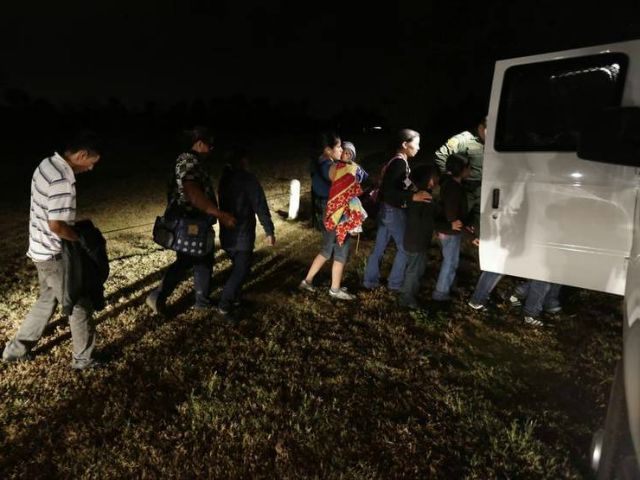When most Americans think of large numbers of Cuban migrants leaving the island nation, they picture rafts and boats headed towards the Florida Keys. However, this new exodus finds hundreds of Cubans heading to Central America and joining those following the same migration routes heading towards the U.S.-Mexico border.
According to the Miami Herald, border entries by Cuban nationals are at their highest since 2005. The have climbed from 5,316 in 2011 to 17,459 in 2014. According to the latest figures from U.S. Customs and Border Protection (CBP), at least 27,413 Cubans have entered through the US-Mexico border from Oct. 1, 2014, through Aug. 31, 2015. The numbers are high enough that some human rights activists in Mexico have labeled it a “migration crisis.”
Cuban immigrants detained by CBP receive different treatment than other migrants from Latin America because they are fleeing a communist country. They are afforded certain privileges under the Cuban Adjustment Act of 1966 that allows them to be granted asylum much more easily than other applicants for relief from deportation. Many Cubans who are now fleeing the island fear the US government will repeal the Cuban Adjustment Act now that diplomatic ties between the two countries are being restored.
Pinar del Río [Cuba] native Carmen Ordaz, 33, also was headed to Miami to join her husband Orlando Cata. He was a doctor assigned to community service in Venezuela, defected through Colombia and made the same journey about five months ago. Ordaz followed suit, arriving by bus to Miami a week ago after crossing the U.S.-Mexico border in Reynosa, Texas. “The fear is that the Cuban Adjustment Act will end,” Ordaz said. “So people are getting out.”
In decades past, there have been three major waves of Cuban migration: in the early 1960s after Fidel Castro’s communist revolution, in 1980 when Castro opened his prisons and let people leave Cuba (known as the Mariel boatlift), and the 1996 exodus under President Bill Clinton that resulted in the “wet feet, dry feet” policy currently in effect. This means that if a Cuban citizen is interdicted at sea by US authorities, they are immediately returned to Cuba. However, if they successfully make it to US soil, they are generally granted asylum if they have no criminal history.
Cubans are now more frequently exploring land routes by using human smuggling networks that will get them into South or Central American countries. From there, they’ll use the services of smugglers just like the locals to get them to the US border, where most likely they’ll turn themselves in to CBP or Border Patrol and request asylum.
Those who were interviewed by the Herald have little hope for any meaningful change in Cuba leading to more freedom. “Everybody who leaves Cuba knows that nothing is going to change there,” said one migrant. “And if there is going to be change, it will take 30 or 40 years. Perhaps longer.”
Sylvia Longmire is a border security expert and Contributing Editor for Breitbart Texas. You can read more about cross-border issues in her latest book, Border Insecurity: Why Big Money, Fences, and Drones Aren’t Making Us Safer.

COMMENTS
Please let us know if you're having issues with commenting.